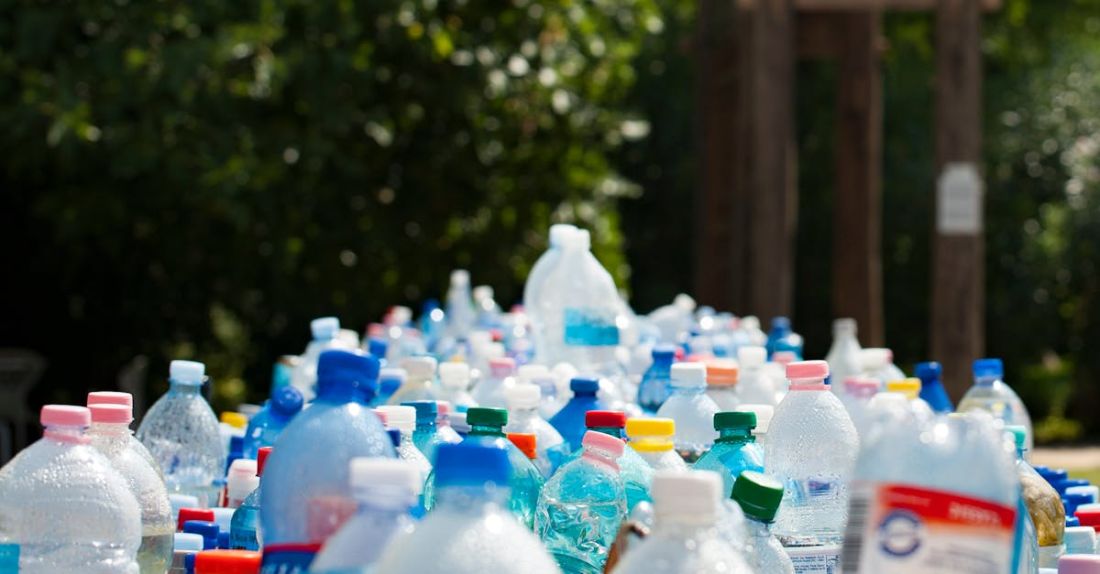
Creating an effective recycling program is crucial in today’s world as we strive to minimize waste and preserve our environment. A successful recycling program involves a combination of key elements that work together to encourage participation, increase efficiency, and promote sustainability. By understanding and implementing these essential components, organizations and communities can make a significant impact on reducing their carbon footprint and promoting a greener future.
**Engagement and Education**
At the core of any successful recycling program is engagement and education. To effectively encourage participation, it is essential to educate individuals on the importance of recycling and the impact it has on the environment. Providing clear and concise information on what can be recycled, how to properly sort materials, and the benefits of recycling can help motivate individuals to actively participate in the program. Engaging with the community through workshops, campaigns, and educational materials can also help raise awareness and create a culture of sustainability.
**Convenient Collection and Sorting**
Convenience is key when it comes to recycling. Providing easy access to recycling bins and collection points can significantly increase participation rates. Placing recycling bins in high-traffic areas, such as offices, schools, and public spaces, can make it more convenient for individuals to dispose of their recyclable materials. Additionally, clearly labeling bins and providing guidance on how to properly sort materials can help streamline the recycling process and ensure that recyclables are not contaminated.
**Effective Communication and Feedback**
Communication is essential for the success of any recycling program. Providing regular updates, reminders, and feedback can help keep participants informed and engaged. Utilizing various communication channels, such as email, social media, and signage, can help reach a wider audience and encourage active participation. Additionally, providing feedback on recycling efforts, such as tracking progress, highlighting achievements, and addressing challenges, can help motivate individuals to continue recycling and improve their recycling habits.
**Partnerships and Collaborations**
Collaborating with other organizations, businesses, and local authorities can significantly enhance the effectiveness of a recycling program. By forming partnerships with waste management companies, recycling facilities, and other stakeholders, organizations can access resources, expertise, and support to improve their recycling initiatives. Collaborations can also help create a more sustainable and integrated approach to waste management, leading to more efficient recycling processes and greater environmental impact.
**Incentives and Rewards**
Incentives and rewards can be powerful motivators for encouraging recycling behavior. Implementing incentive programs, such as discounts, rewards points, or recognition for recycling efforts, can help incentivize individuals to participate in the program. Offering tangible rewards, such as gift cards or prizes, can also create a sense of achievement and encourage continued engagement. Incentives can help reinforce positive recycling habits and create a sense of community around sustainability efforts.
**Continuous Monitoring and Evaluation**
Regular monitoring and evaluation are essential for the success of a recycling program. By tracking key metrics, such as participation rates, contamination levels, and waste diversion rates, organizations can identify areas for improvement and make informed decisions to optimize their recycling efforts. Continuous evaluation can help measure the impact of the program, identify challenges, and implement strategies to overcome them. By monitoring progress and adapting strategies as needed, organizations can ensure the long-term success and sustainability of their recycling program.
**Summary and Future Directions**
Effective recycling programs require a combination of key elements, including engagement and education, convenient collection and sorting, effective communication and feedback, partnerships and collaborations, incentives and rewards, and continuous monitoring and evaluation. By incorporating these essential components into their recycling initiatives, organizations and communities can create a more sustainable and environmentally friendly future. By working together to promote recycling and waste reduction, we can all contribute to a cleaner, greener planet for generations to come.





